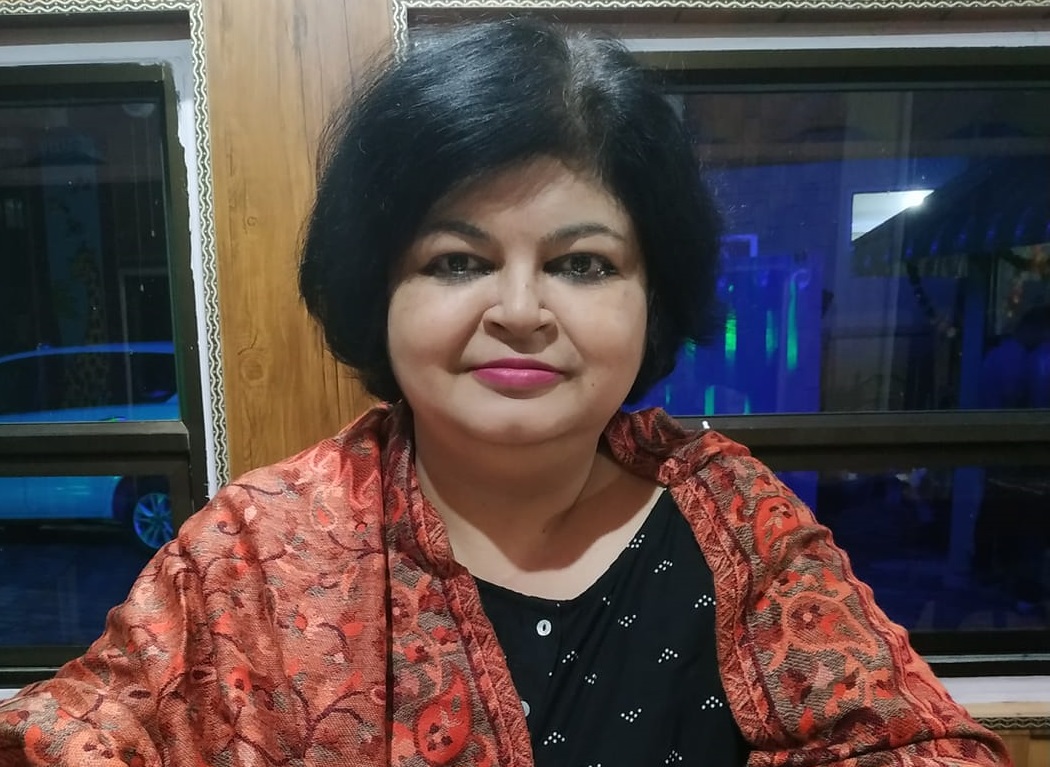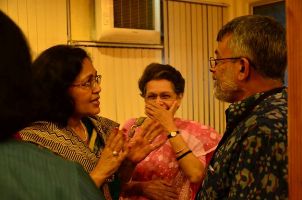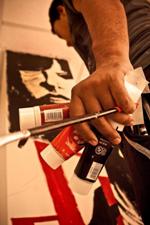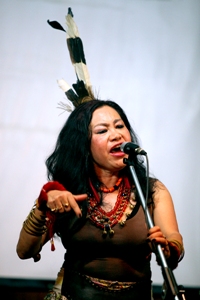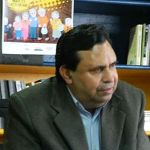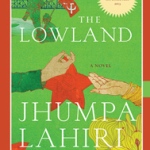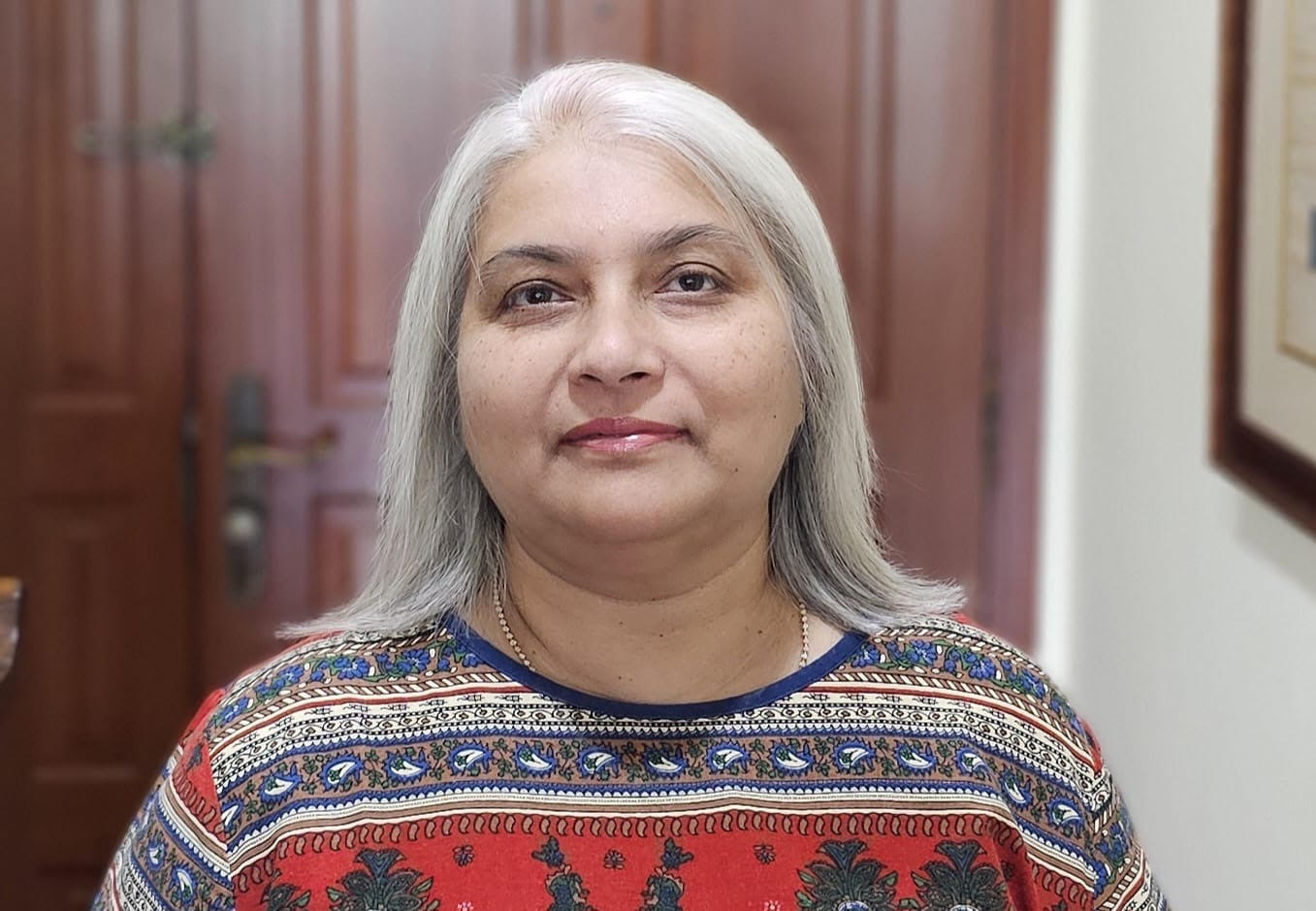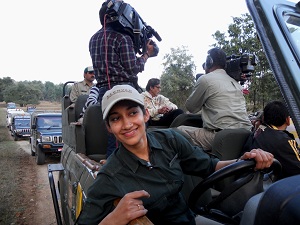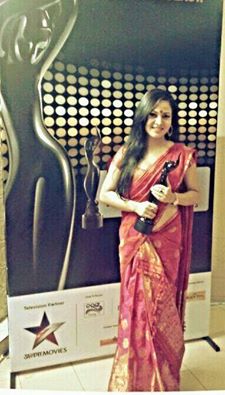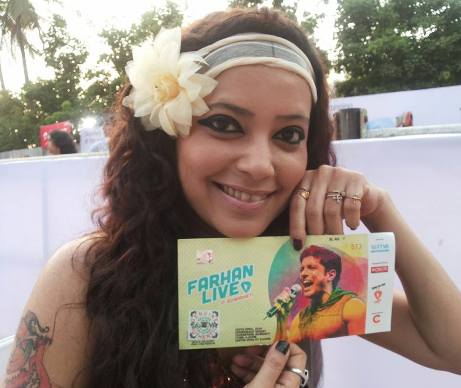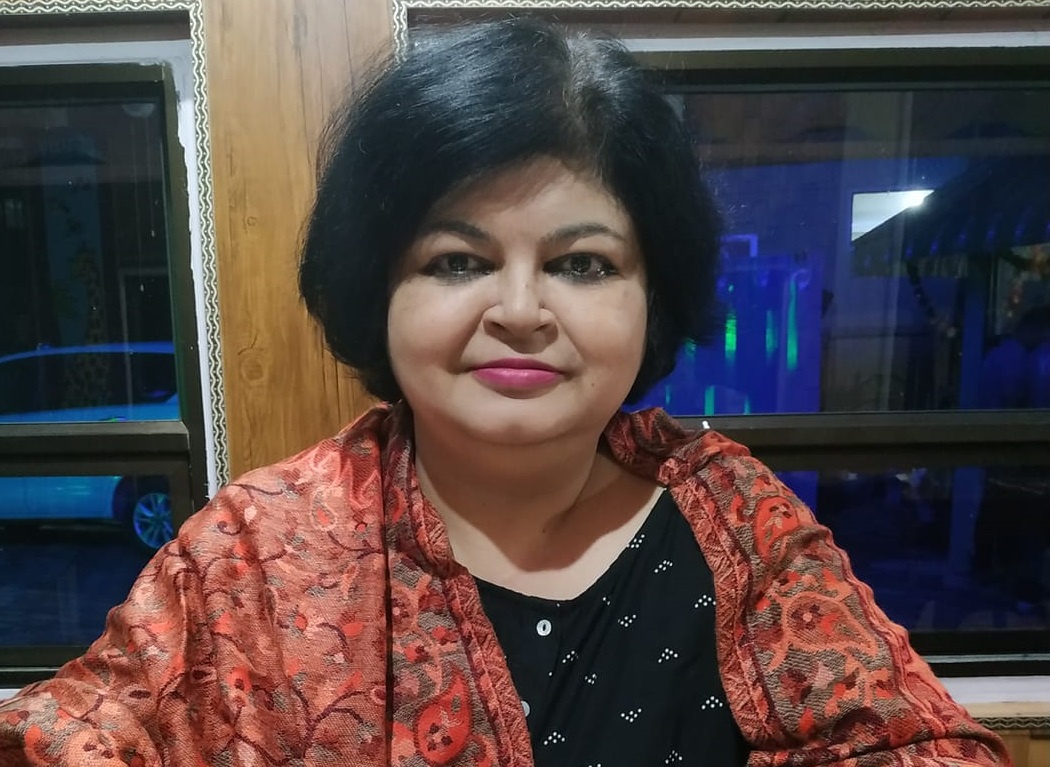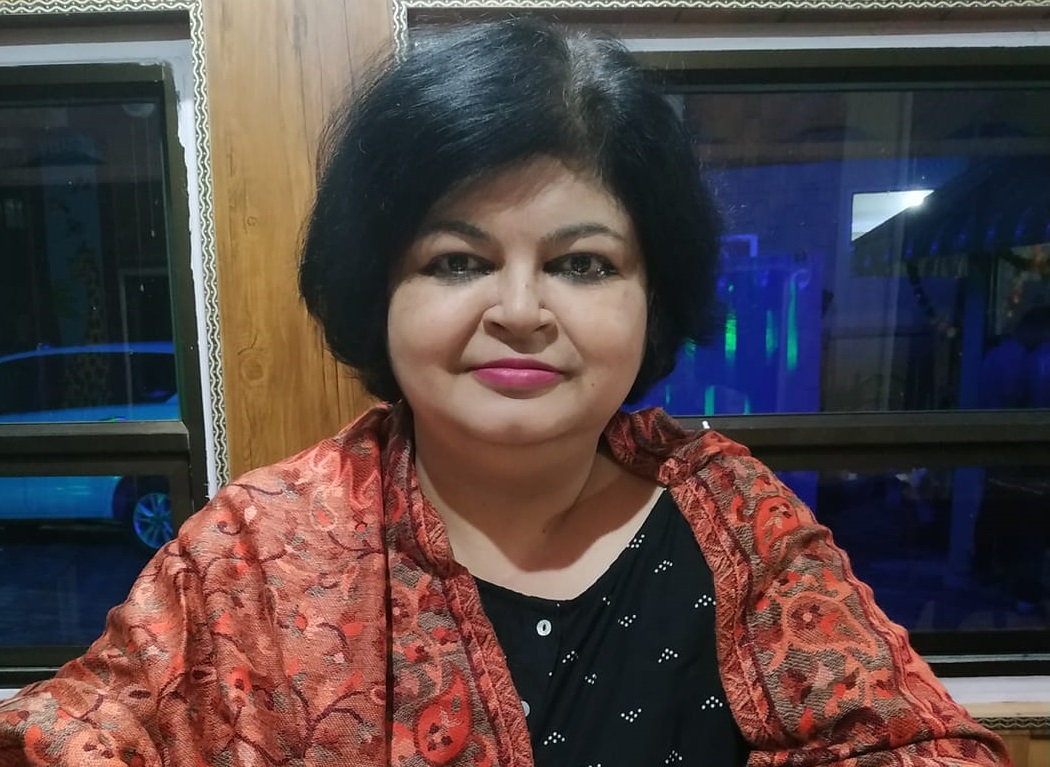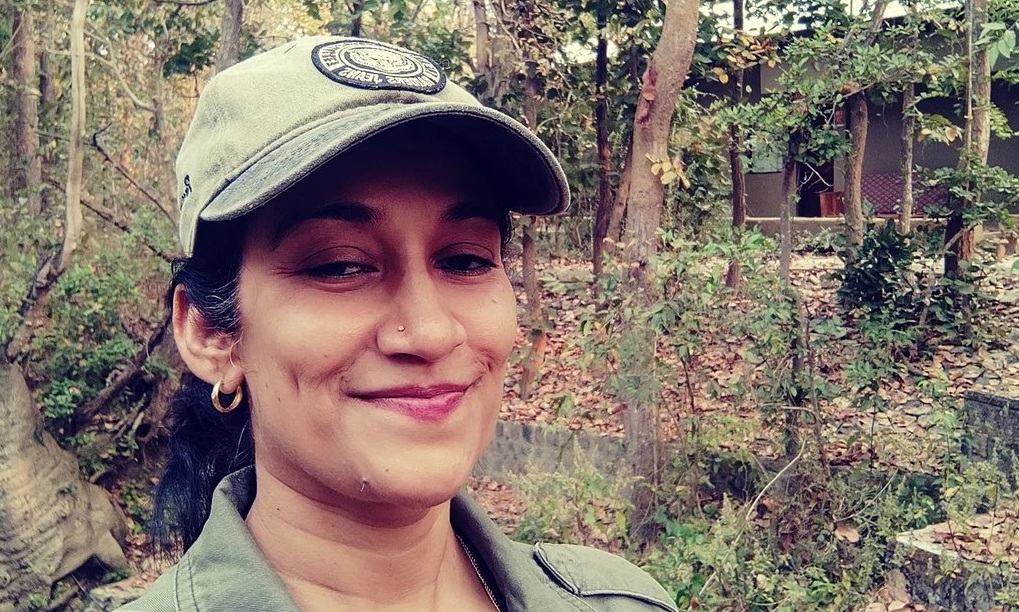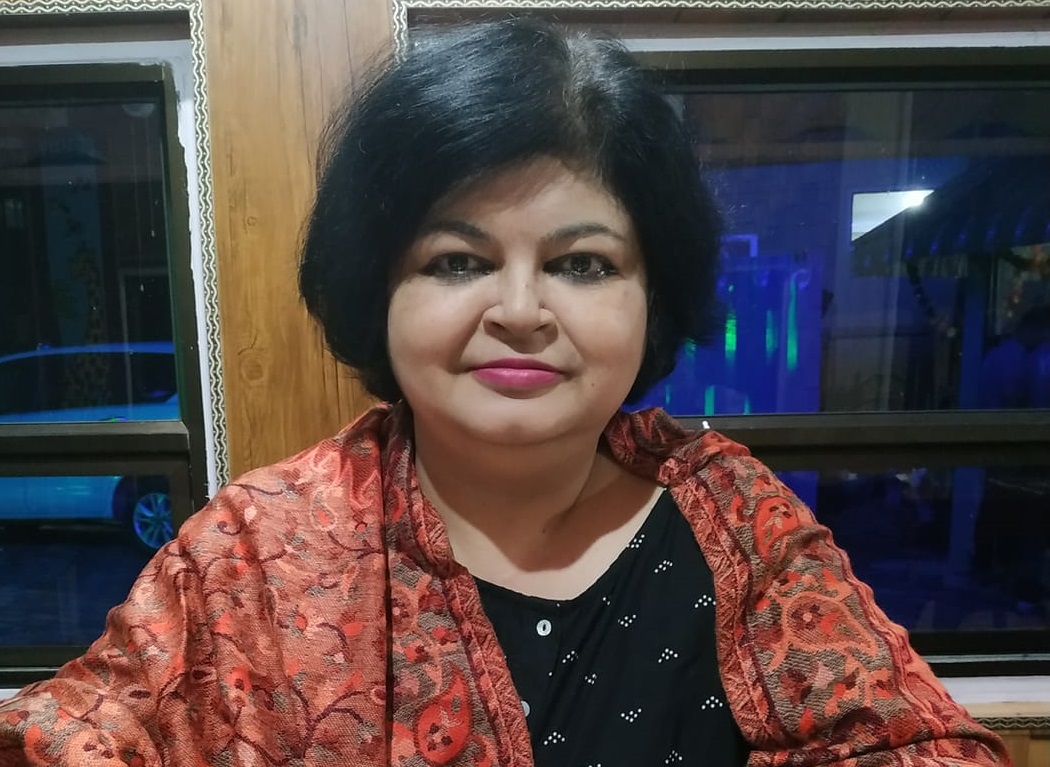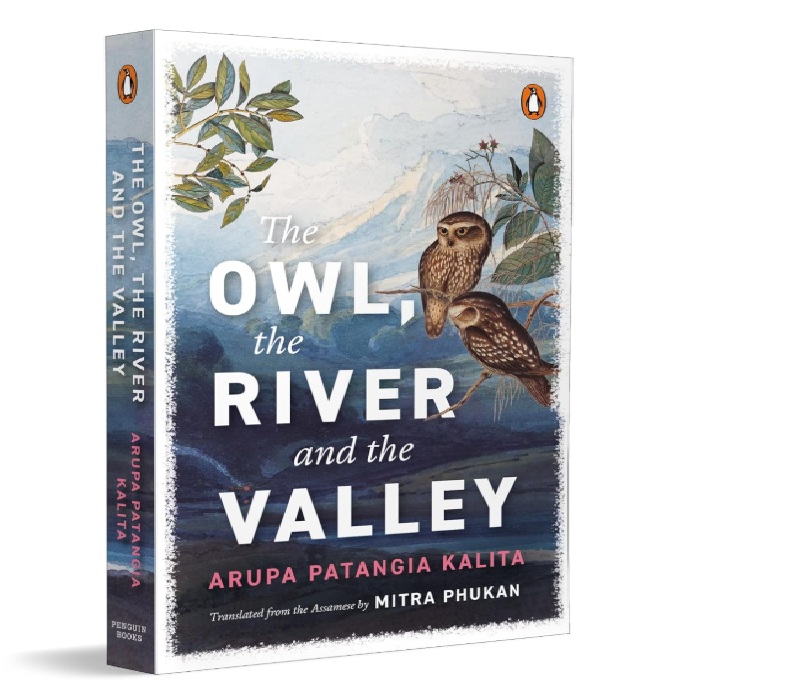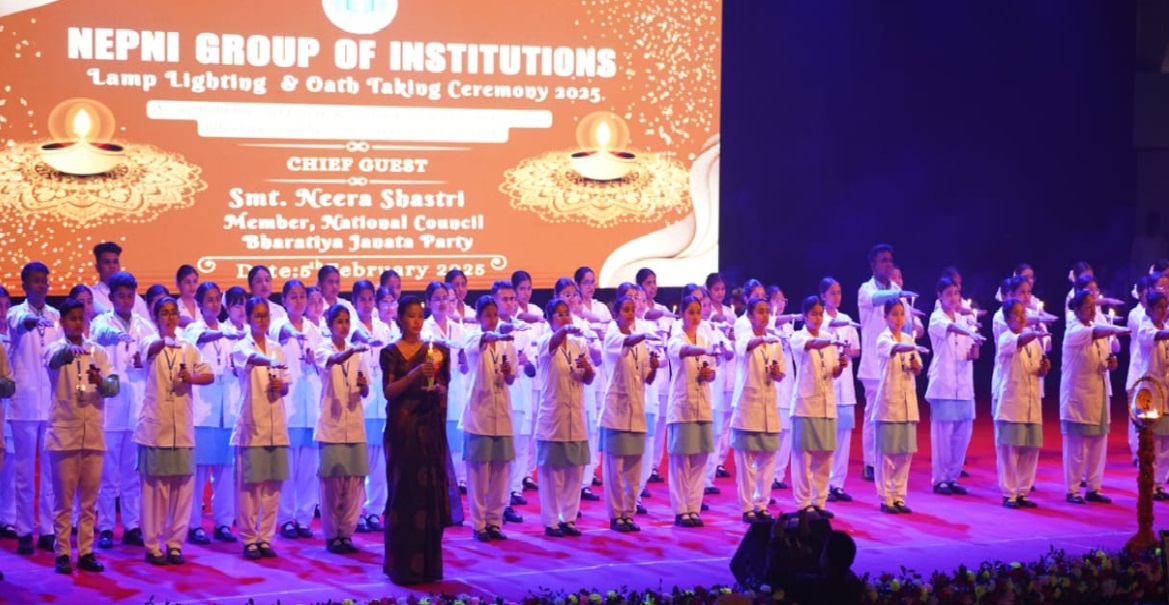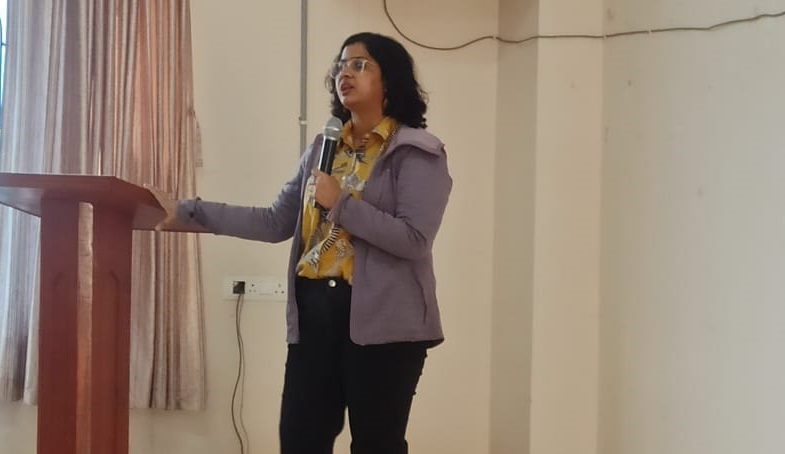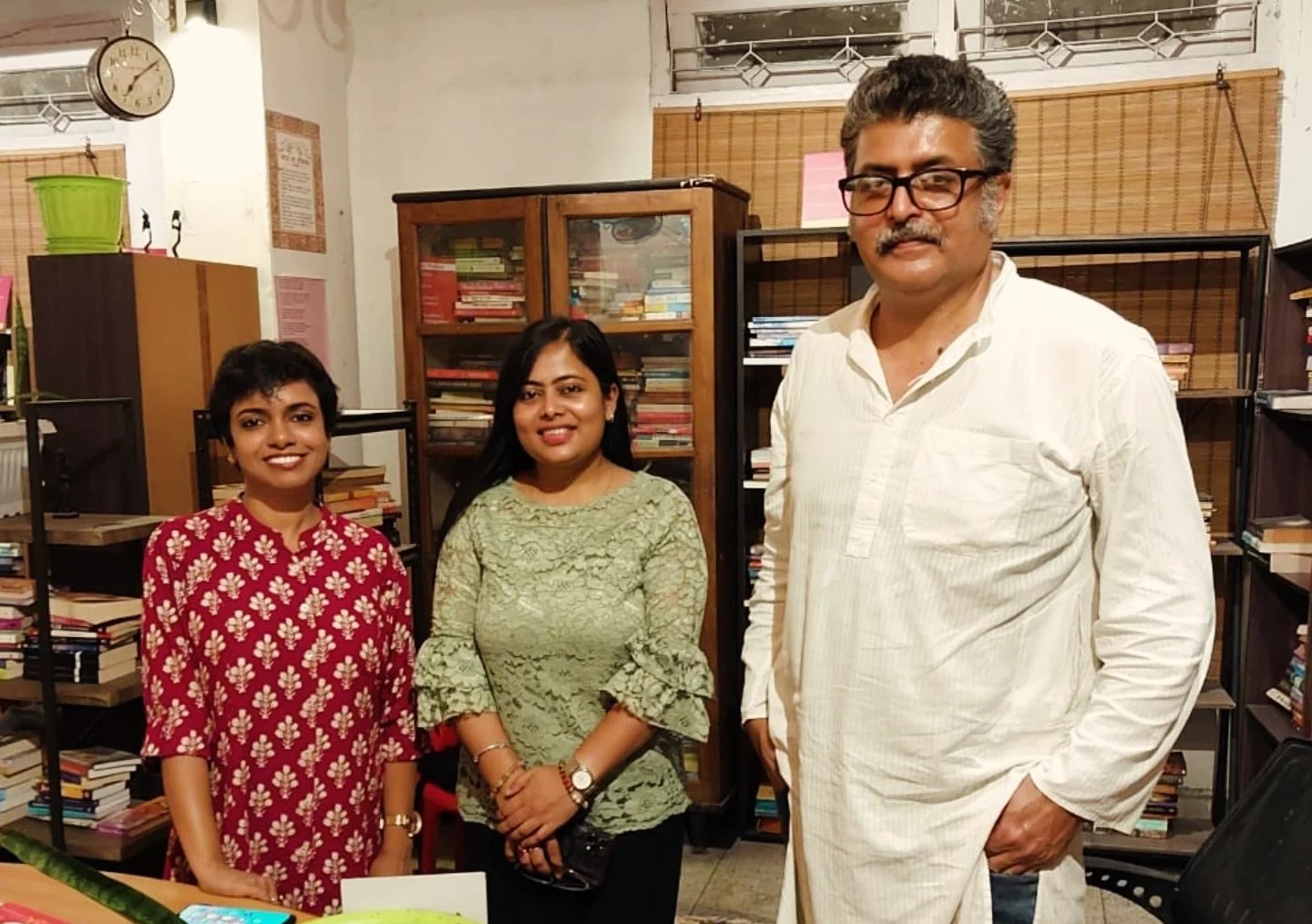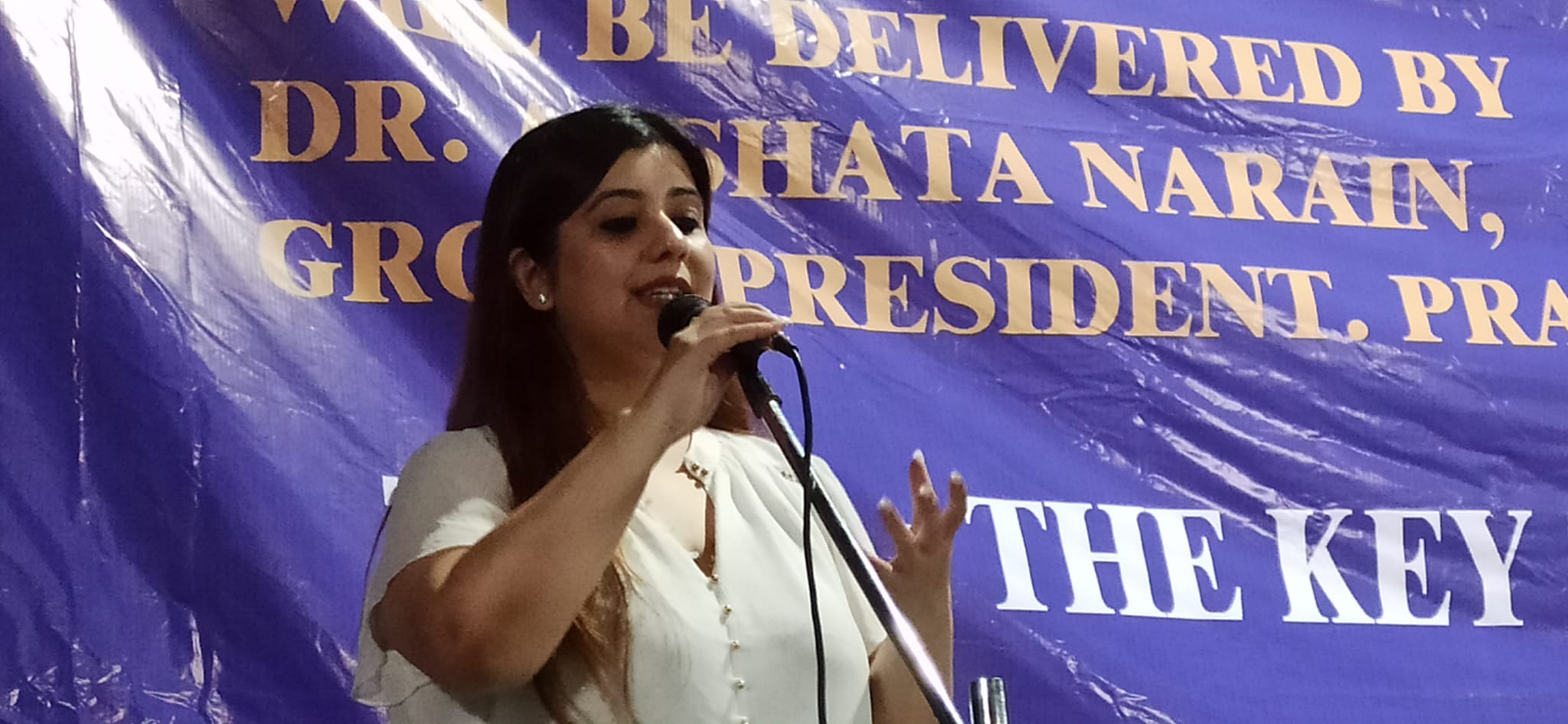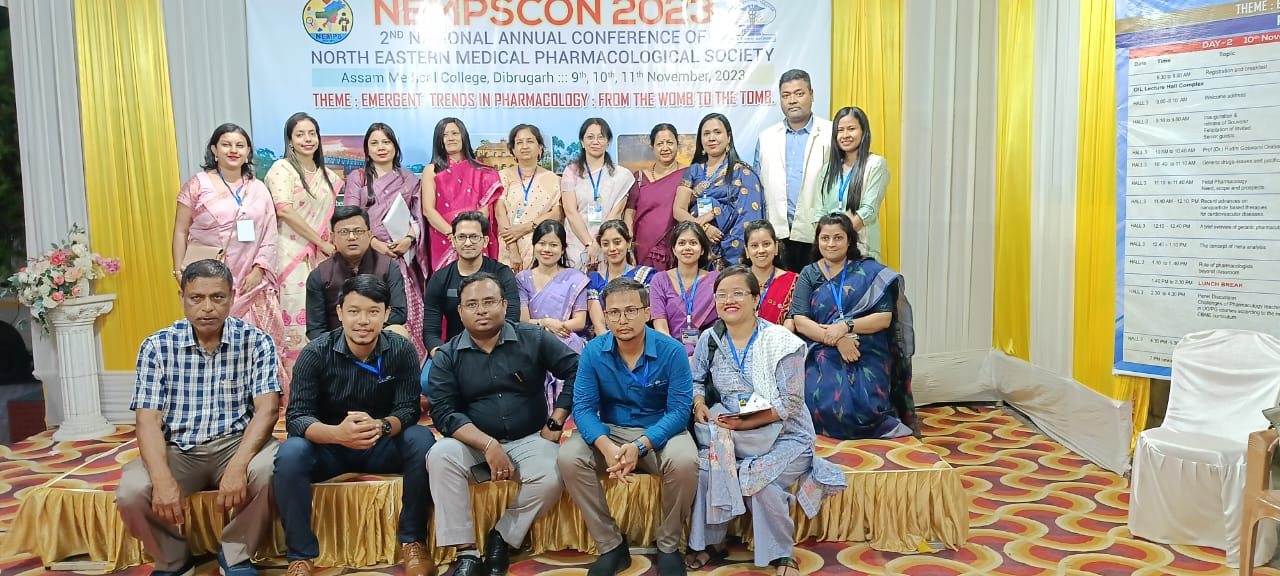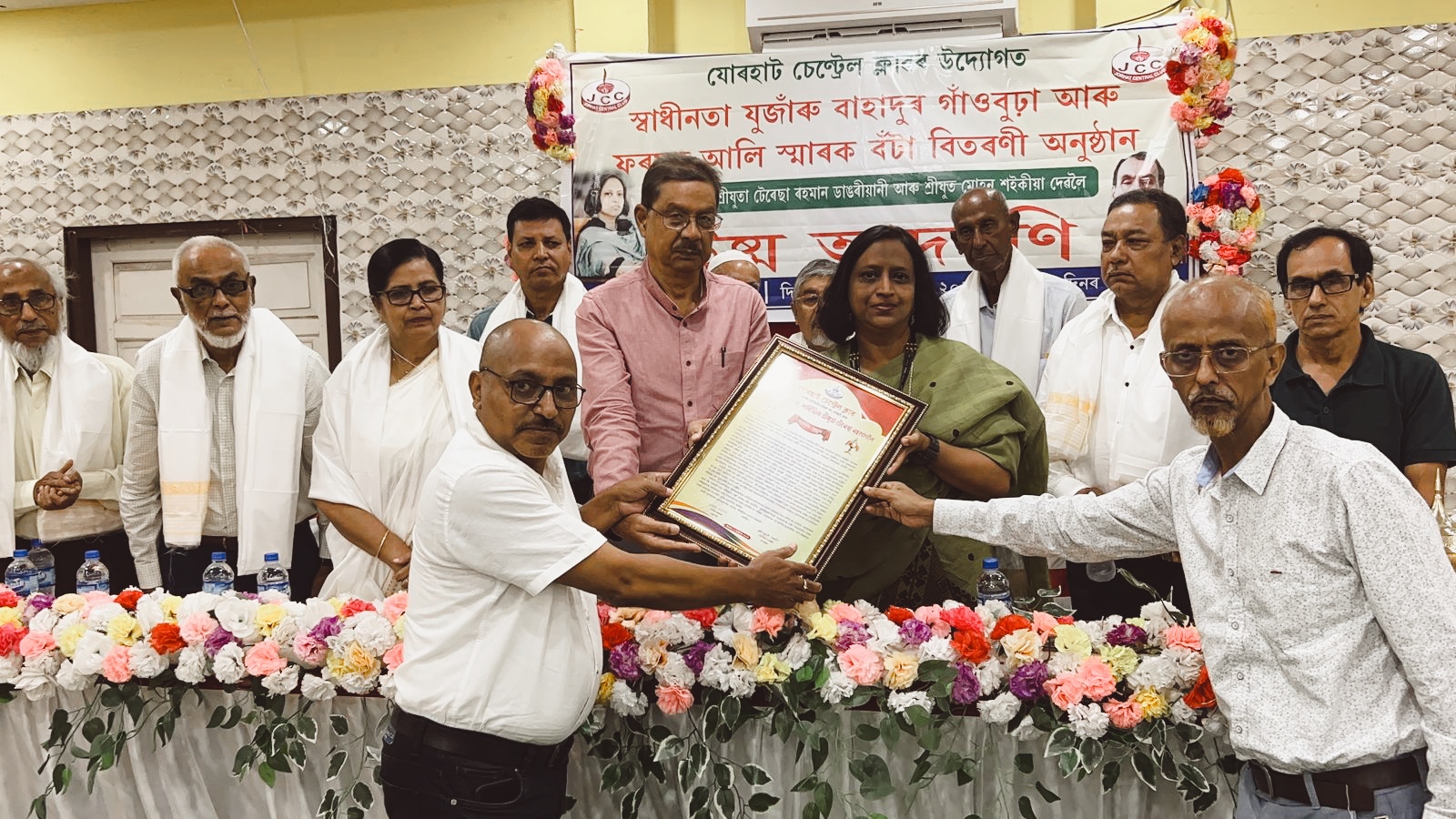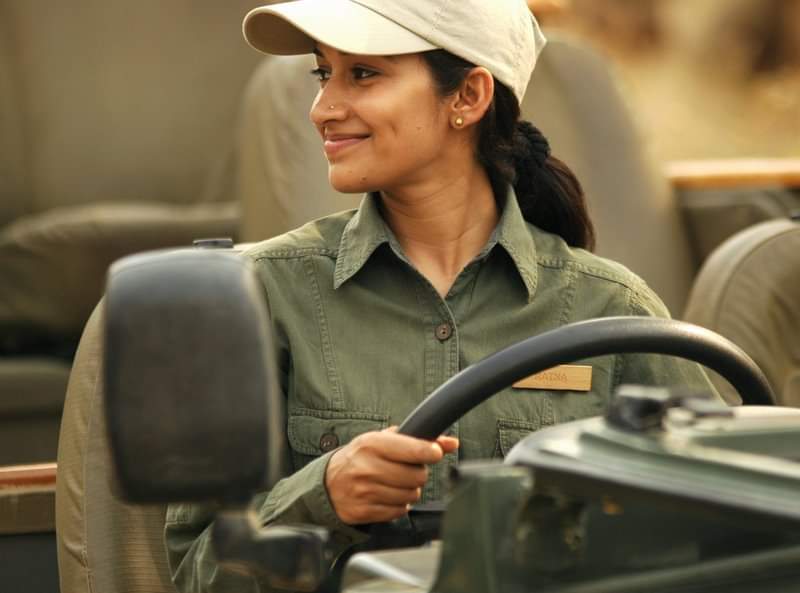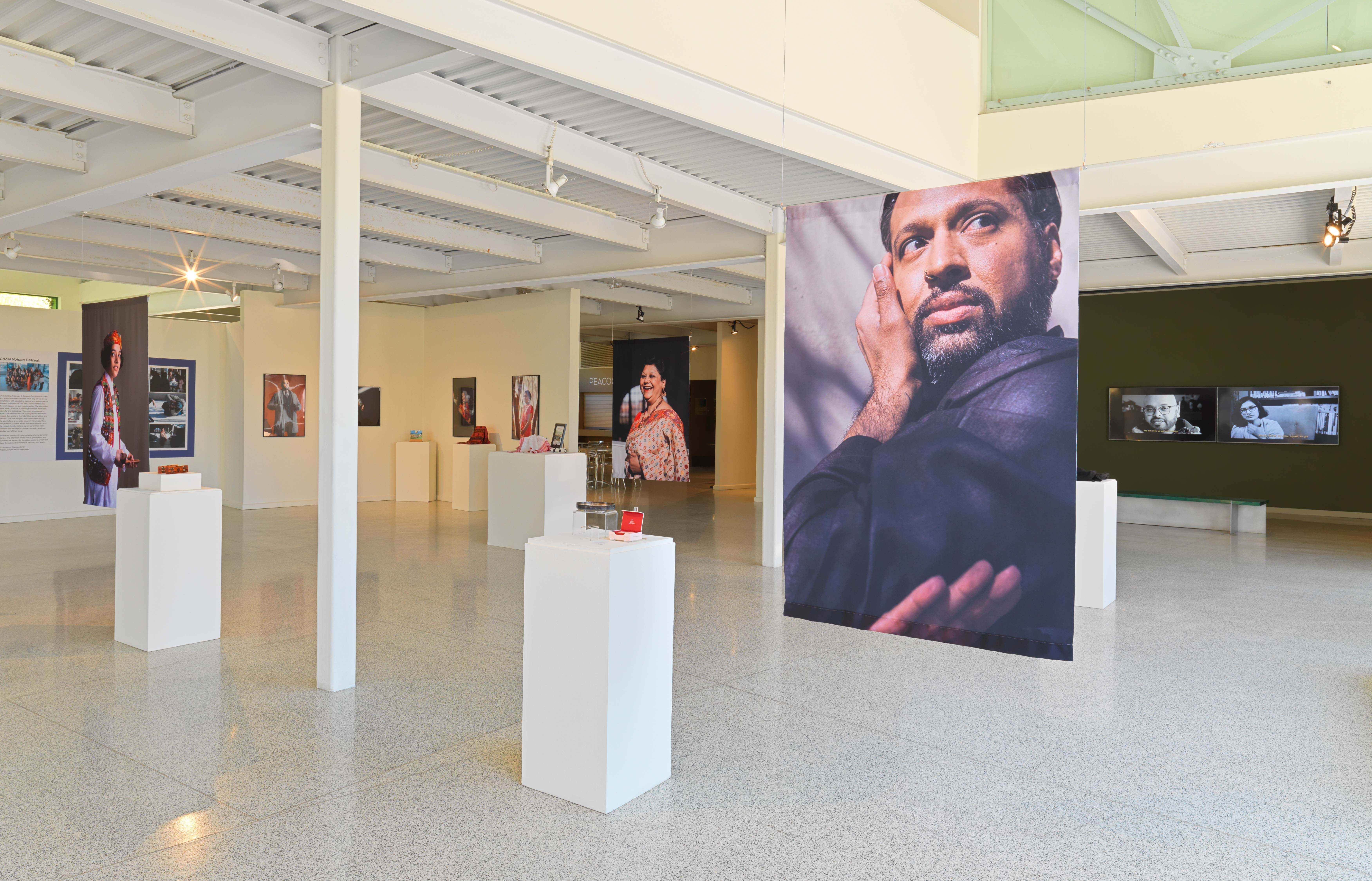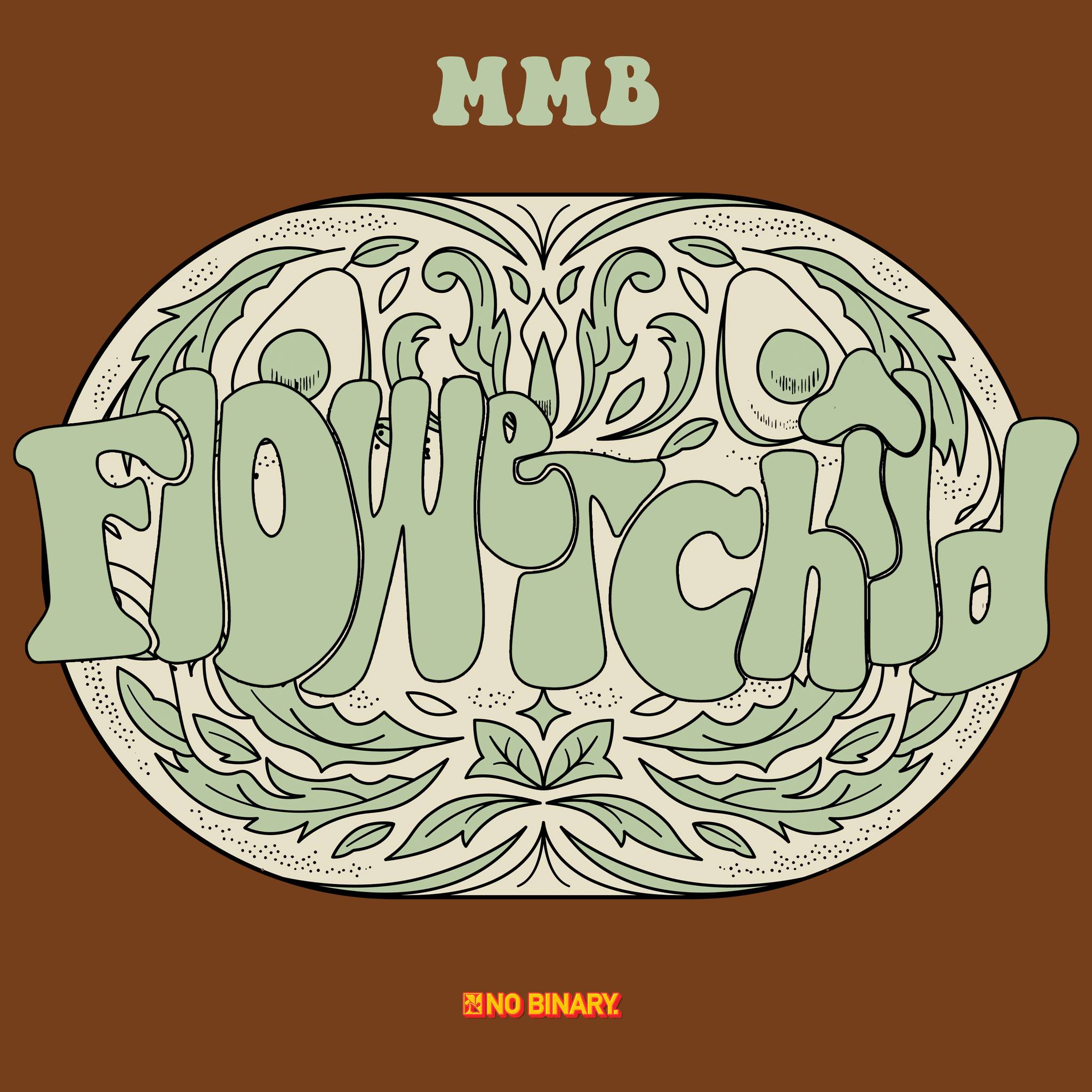I ‘ummed’ and ‘ahhed’ for a long time before deciding to write on this topic. It is a difficult and sensitive topic but it has been in my mind for a considerable period of time and I thought it was time to air it.
As I live in a multiracial society, I am sometimes asked at home if I have ever experienced racism. The answer is yes but not in the way you think. My eyes were opened to how racially prejudiced the average Indian is. The recent furore surrounding the Miss America pageant opened up the discourse again about the so-called Indian perception of beauty, skin lightening creams and the move towards a ‘western’ sense of the ‘ideal’. I not want to talk about media reported events but what happens in general chit-chat amongst friends, interactions in streets and the markets and how that reveals our racism and xenophobia.
I grew up during the time of the ‘Axom Andolan’. There was a mass uprising the scale of which I have not witnessed since. The axomiya identity was in crisis under the Juggernaut of huge swathes of immigrants crossing the borders and occupying land, taking up employment and increasing their breed. I was too young to comprehend the complex nature of the protest. In objective terms, I knew there was a need to make borders secure and make immigration regulated like any other country. However I was often very disturbed by the language that people used around me. Gradually a certain stereotype of the ‘Bangladeshi’ was being propagated. He wore a checked lungi, drove a rickshaw or worked as a day labourer. She wore brightly coloured sarees and worked as manual labourer and domestic help. Whilst a certain narrative was being played on the political landscape of Axom, I actually became friends with an old lady who told us she was from Dhubri but may very well have been from across the border. She was in her sixties, if not her seventies with a deeply creased face and very few teeth. She worked as a manual labourer the whole day and came home in the evening to cook the most delicious food. She would drain out the starch from the rice and cook the starch as if it were dal because there was no money for any accompaniment. The aroma of her freshly ground spices and the feeling of wellbeing I experienced lives with me to this day. Sorry I digress. The point I was trying to make is that the way we refer to illegal immigrants as Bangladeshis and the way checked Lungi wearing rickshaw drivers were beaten up, will be a chapter in our cultural history which we won’t be able to narrate with pride.
Oh, these ‘Marwari’ men! Can’t stand them. Innocuous and supposedly harmless comments we used to hear often. The trading community from Rajasthan was seen as a threat to the Axomiya economy and cultural milieu. In Assam, most trade was being run by the community from Western India (not necessarily Marwar) when I was growing up. My overriding impression on dealing with them was that they were professional, had a strong work ethic and dealt fairly. But to be suspicious of the whole community and label them is an act of xenophobia, we have to admit.
The ‘Chinckies’ is perjorative term used for people from the orient because of the slanty eyes. But many people use them being totally ignorant of the fact that it is an abusive word and absolutely unacceptable in civilised society. There was also this perception amongst the Axomiya and other parts of India where people from the North-east were visible that women with oriental features who dressed in jeans and T-shirts were somehow easy game and promiscuous. This again stems from the bias amongst many Indians that the west=permissive society. The fact that communities in the north-east are less patriarchal and therefore the manifestations of patriarchy such as being dressed in a certain way, being demure and not using public spaces as much was not present, escaped reasoning of the ignorant and the bigoted.
Evidence of our bigoted nature is revealed to me time and again. An Indian friend was discussing her childcare issues and she threw the following comment, ‘My nanny is great even if she is Eastern European’. Now I may ignore the fact that you seem to refer to Eastern Europe as a country but I cannot ignore the ‘even if’. Another Indian friend asked me mockingly in the context of a discussion we were having, “You are not saying you like African men, I hope!” Now, you may playfully admonish me for finding some men attractive but why you find it incredulous that, African men are included in that list is disturbing.
I feel proud of my heritage, I feel proud that in Assam and India we have a long history of being inclusive. I don’t like the word tolerant or tolerance, which seems to imply a grudging acceptance. But because I feel Indian, I feel very uncomfortable when compatriots display racially prejudiced and xenophobic behaviour. I cannot distance myself from it and if I do not protest I am complicit in this behaviour. We all understand that prejudice and bigotry come from ignorance. The lack of exposure, travel, reading builds up myths and stereotypes. In this day and age of information and knowledge being more widely available, there is no excuse in not educating ourselves about the people we live with. We need to talk about our attitudes and be introspective.
Regarding immigrants, push the date back a little bit and almost everyone is an immigrant. The movement of human beings is as old as humankind.




